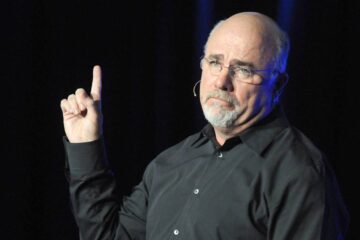If ‘wages rise faster than productivity in a broad-based way, inflation pressures may continue to broaden out,” the Fed said.
Target’s (TGT) – Get Target Corporation Report $300 million plan for wage increases announced Monday reinforces the economy-wide trend toward higher pay, and that trend isn’t going away anytime soon, experts say.
The government’s employment cost index, which includes wages and benefits, jumped 4% last year, the highest gain since 2001.
“If labor shortages continue and wages rise faster than productivity in a broad-based way, inflation pressures may persist and continue to broaden out,” the Federal Reserve said in a report last week.”
In the 12 months through January, average hourly earnings soared 5.7%, the largest gain since May 2020.
In January, economists polled by The Wall Street Journal predicted the figure would slide to 4.5% by year-end, but that’s still high by historical standards.
In addition to Target, other retailers who have raised/are raising wages include Costco Wholesale (COST) – Get Costco Wholesale Corporation Report, Walmart (WMT) – Get Walmart Inc. Report, Home Depot (HD) – Get Home Depot, Inc. Report, Starbucks (SBUX) – Get Starbucks Corporation Reportand Amazon (AMZN) – Get Amazon.com, Inc. Report.
Compensation is jumping in other industries as well. So far, the increases haven’t dented corporate profits much, as companies pass their higher costs on to their customers, who have kept right on buying.
But that risks an inflationary spiral where higher wages lead to higher prices, as consumers can afford to pay more. And then higher prices lead to higher wages, as workers demand more pay to be able to afford continuously rising prices.
On Monday, Goldman Sachs lifted its inflation estimate for this year and next. “We are increasingly concerned about two main risks,” Goldman economists led by Jan Hatzius wrote in a commentary.
“First, the initial inflation surge might have lasted long enough and reached a high enough peak to raise inflation expectations in a way that feeds back to wage and price setting.
“Second, a very tight labor market — which now shows the widest gap between available jobs and workers in postwar U.S. history — is generating broad-based wage growth at a pace well above that compatible with 2% inflation.”
Those two factors could combine to “ignite a moderate wage-price spiral,” the economists said. They predicted the consumer price index will register an annual increase of 4.6% at year-end in 2022. That’s way below the January figure of 7.5%, but well above rates of recent years.


